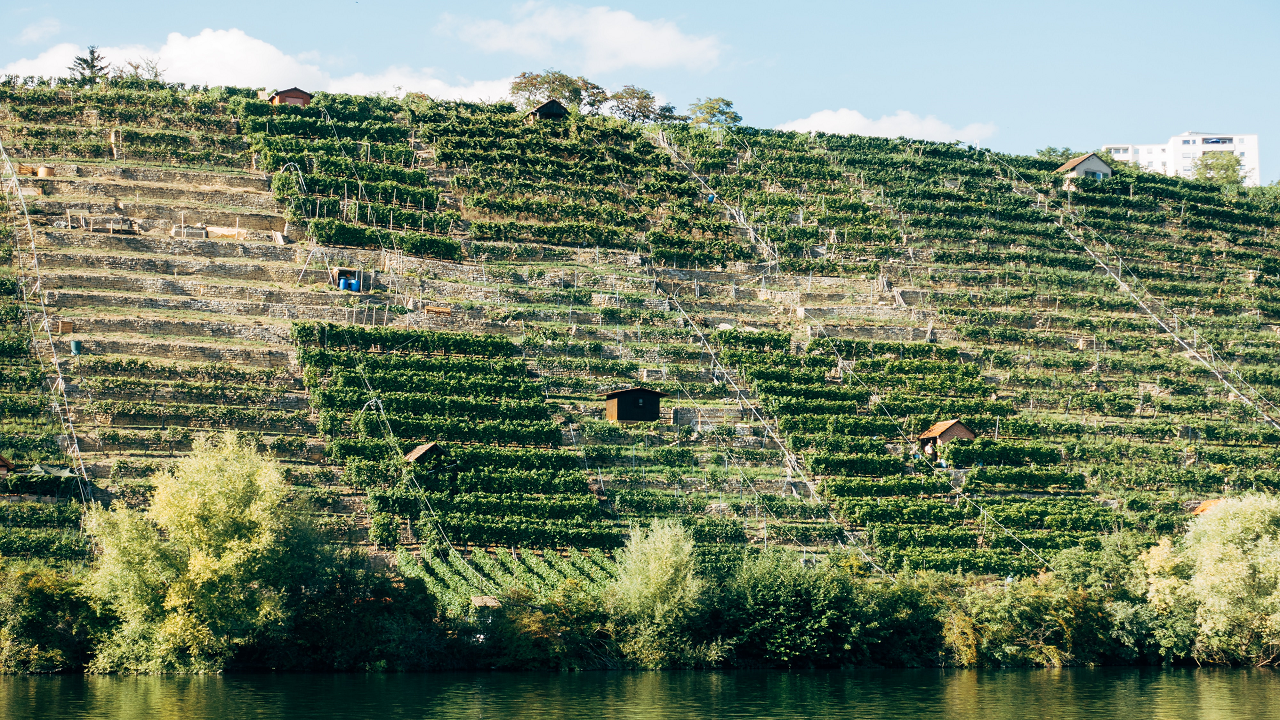
In recent years, modern vertical farming has emerged as a transformative solution to the challenges faced by traditional agriculture in India. With a rapidly growing population and limited arable land, the need for sustainable and efficient food production methods has become paramount. Vertical farming, a practice that involves cultivating crops in vertically stacked layers, offers numerous advantages such as maximized space utilization, reduced water usage, and year-round crop production. This comprehensive overview delves into the world of modern vertical farming in India, exploring what is vertical farming, its methods, benefits, etc. So, let’s start with a brief introduction to vertical farming.
An Overview to Vertical Farming
Vertical farming is an innovative agricultural practice that involves growing crops in vertically stacked layers or on vertically inclined surfaces. This method utilizes indoor environments such as warehouses, shipping containers, or specially designed structures equipped with artificial lighting, climate control systems, and hydroponic or aeroponic growing systems. By utilizing vertical space, vertical farming optimizes land utilization and allows for high-density crop production. This overview provides a comprehensive look at the principles, technologies, benefits, and potential applications of vertical farming, highlighting its potential to revolutionize food production and address the challenges faced by traditional agriculture.
What Are The Methods to Implement Vertical Farming?
There are several methods commonly used to implement vertical farming. Some of them are illustrated below:
-
Hydroponics: Hydroponics is a popular method in vertical farming where plants are grown without soil. Instead, nutrient-rich water solutions are used to deliver essential minerals and nutrients directly to the plant roots. This method reduces water usage and allows for precise control over nutrient delivery, resulting in faster growth and higher crop yields.
-
Aeroponics: Aeroponics is a technique that involves growing plants in an air or mist environment without the use of soil or water. Plant roots are suspended in a nutrient-rich mist, providing them with the necessary nutrients. This method is highly efficient in water usage and can lead to faster growth rates and increased productivity.
-
Aquaponics: Aquaponics combines aquaculture (fish farming) with hydroponics. It is a symbiotic system where fish waste provides nutrients to the plants, and the plants filter the water, creating a sustainable cycle. This method eliminates the need for synthetic fertilizers and minimizes water usage.
-
Vertical farming towers: Vertical farming towers are vertical structures designed specifically for crop cultivation. They consist of multiple levels or shelves with growing trays or modules, allowing for efficient use of vertical space. These towers often incorporate LED lighting systems, climate control mechanisms, and automated irrigation systems to optimize plant growth.
-
Indoor farming: Indoor farming involves growing crops in controlled indoor environments such as warehouses or specially designed buildings. These environments provide precise control over temperature, humidity, lighting, and nutrient levels. By eliminating external factors such as weather and pests, indoor farming allows for year-round crop production and protection against environmental risks.
Each method has its own advantages and considerations, and the choice of implementation depends on factors such as available space, resources, and the type of crops being grown.
Benefits and Future of Vertical Farming in India
Vertical farming in India offers several benefits and holds great potential for the future of agriculture in the country. Some of the key benefits and future prospects are:
-
Efficient Land Utilization: With limited available arable land, vertical farming allows for the maximization of land utilization by utilizing vertical space. By growing crops in vertically stacked layers or structures, vertical farming can significantly increase the crop yield per square meter of land, enabling more food production in a smaller footprint.
-
Water Conservation: Vertical farming systems, such as hydroponics and aeroponics, use significantly less water compared to traditional farming methods. The closed-loop systems of vertical farming recirculate water, minimizing water waste. This water conservation aspect is especially crucial in a water-stressed country like India.
-
Climate Resilience: Vertical farming provides a controlled environment, shielding crops from extreme weather conditions and seasonal variations. This controlled environment allows for year-round cultivation, reducing dependency on specific seasons and making agriculture more resilient to climate change.
-
Reduced Dependency on Pesticides: Vertical farming in indoor environments reduces the need for pesticides and herbicides. The controlled environment minimizes the risk of pest infestations and disease outbreaks, reducing the reliance on chemical interventions and promoting sustainable farming practices.
-
Localized Food Production: Vertical farms can be established in urban areas, bringing food production closer to the consumers. This localized approach reduces the carbon footprint associated with long-distance transportation of produce and ensures fresher, healthier, and more nutritious food reaches the market.
-
Employment Opportunities: Vertical farming requires skilled labour for setting up and managing the systems, including tasks like monitoring climate conditions, nutrient management, and crop harvesting. The growth of vertical farming can create employment opportunities in the agricultural sector, particularly for urban populations.
The future of vertical farming in India looks promising. As technology advances and becomes more accessible, vertical farming systems are expected to become more efficient, cost-effective, and scalable. The integration of artificial intelligence, automation, and data analytics can further optimize resource utilization and crop management in vertical farms. Moreover, vertical farming can contribute to India's goal of achieving food security, reducing post-harvest losses, and promoting sustainable agricultural practices. By bridging the gap between urban areas and agriculture, vertical farming has the potential to revolutionize the way food is produced and consumed in India.
















